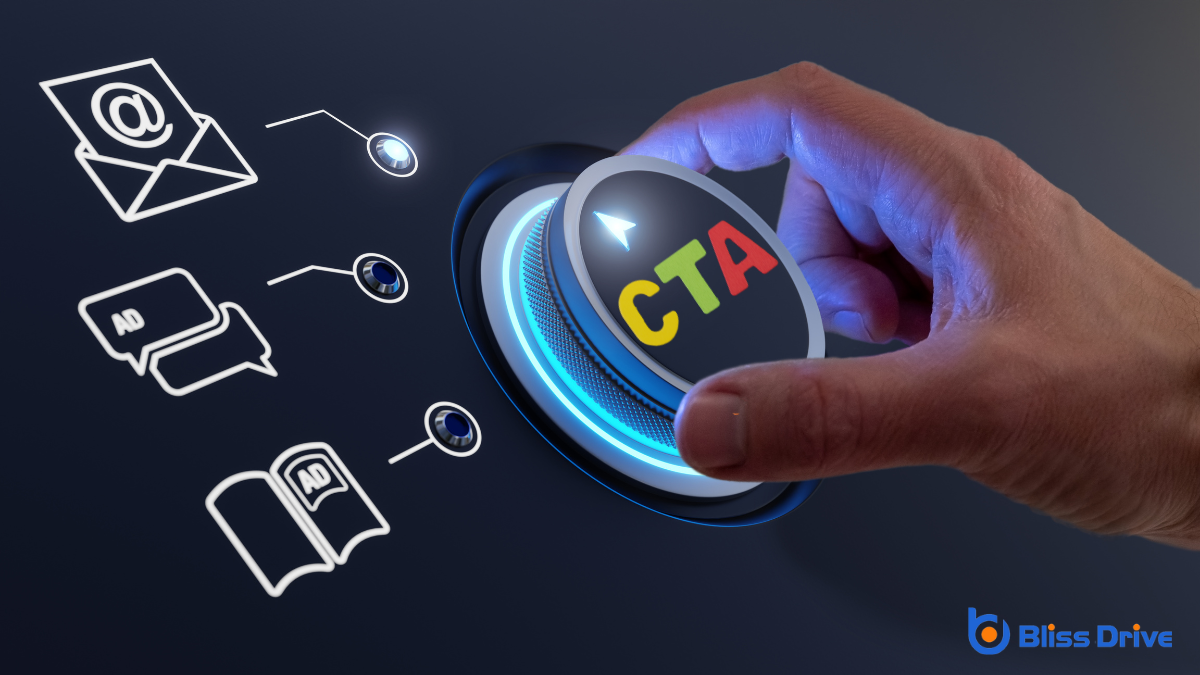Digital Marketing Services
Learn More About Us

When you think about CTAs, or call-to-actions, you're likely considering how to effectively engage your audience. But what's the real difference between informational and transactional CTAs? One focuses on educating and building trust, while the other aims to drive immediate action. Understanding this distinction can revolutionize your marketing strategy. Curious about which type might best suit your goals? Let's explore the nuances and find the perfect fit for your campaignA set of ad groups sharing a budget, targeting options, and other settings..
Crafting an effective CTA involves clarity and relevance. You want your audience to know exactly what they’re clicking and why it matters.
The language should be simple yet compelling, addressing the needs or desires of your audience.

Effective CTAs are more than just a call to action; they’re a bridge between your content and your audience’s next steps.
Informational CTAs aim to guide your audience by offering additional resources or insights that align with their interests. They’re used to educate, inform, and build trust with your audience, leading them toward more engagementThe interactions that users have with a brand’s content on social media. with your content.
When you incorporate informational CTAs, you're not just pushing for an immediate conversionThe completion of a desired action by a referred user, such as making a purchase or filling out a fo.... Instead, you're nurturing a relationship by providing value.
This approach helps your audience feel informed and empowered, creating a sense of loyalty. By aligning your CTAs with your audience's needs, you encourage them to explore further, paving the way for potential future interactions and conversions.
While engaging with your audience, informational CTAs should be clear, relevant, and value-driven. They focus on providing useful insights rather than prompting immediate action.
When crafting these CTAs, prioritize clarity to guarantee your message is easily understood. Use language that directly addresses your audience’s needs, offering information that’s beneficial and timely.
Relevance is vital—your CTAs should align with your audience's interests and the content they're consuming. Make certain the value is apparent; let them see why the information matters to them.
Highlight benefits or solutions that enhance their knowledge or solve a problem. By guaranteeing your informational CTAs embody these characteristics, you’ll foster trust and keep your audience engaged, paving the way for deeper connections and future interactions.
When you want to engage your audience without urging them to make a purchase or sign up immediately, informational CTAs are your go-to tools. They’re designed to educate, entertain, or inform, building trust and rapport.
For instance, a CTA like "Learn More" at the end of a blog post invites readers to explore deeper into the topic. "Explore Our Resources" can guide users to a treasure trove of valuable content, enhancing their understanding.
"Discover Our Story" might lead them to an engaging brand narrative, fostering connection. Even simple prompts like "Watch Our Video" or "Read Our Case Studies" subtly encourage interaction without pressure.
These CTAs provide value, making your audience more likely to return for more.

Plunge into the compelling world of transactional CTAs, where the goal is to drive immediate action. These calls-to-action serve as essential elements in your marketing strategy, urging potential customers to make a quick decision.
Unlike informational CTAs, transactional CTAs prompt users to engage directly with your product or service, often leading to conversions and sales. They’re important in moving prospects through your sales funnelAnother term for conversion funnel, focusing on the steps leading to a purchase. efficiently.
Here’s how transactional CTAs play a significant role:
Understanding these roles helps you harness their power effectively.
Although often overlooked, the distinct features of transactional CTAs are essential for driving conversions. You need to understand that these call-to-action buttons are designed to provoke an immediate response.
They use action-oriented language, such as "Buy Now" or "Sign Up Today," which creates urgency and compels you to act quickly. Unlike informational CTAs, transactional CTAs focus on completing a specific transaction or achieving a direct result.
They often include a sense of urgency or exclusivity, encouraging you to act before an opportunity passes. By clearly conveying the benefit or value of taking action, transactional CTAs make it easy for you to understand what you gain.
This clarity and focus make them powerful tools in turning interest into decisive action.
Many companies have mastered the art of crafting successful transactional CTAs that drive conversions and boost sales. These CTAs are action-oriented and designed to prompt immediate responses from users. They’re clear, compelling, and aligned with the user’s journey.
By focusing on what matters to your audience, you can create CTAs that not only capture attention but also encourage action.
Here are some standout examples:
Focusing on clarity and user motivation can help you create equally effective CTAs.

Always align your CTA with your campaign’s tone and message.
Test different CTAs to see what resonates best with your audience.
Choosing the right CTA is only part of the equation; now you need to seamlessly integrate it into your marketing strategy. Start by confirming your CTAs align perfectly with your overall goals. For instance, if your aim is to generate leads, use informational CTAs to offerThe specific product or service being promoted by affiliates. valuable resources.
Integrating CTAs across various channels confirms consistent messaging and maximizes reach. Here are a few tips to help you integrate CTAs effectively:
To truly optimize your marketing efforts, you must measure the success of your CTAs. Begin by setting clear goals. Are you aiming for more clicks, conversions, or sign-ups? Each goal demands its own metric.
Use tools like Google AnalyticsA web analytics service offered by Google that tracks and reports website traffic. to track these metrics. Monitor click-through rates (CTR) to see how often users engage with your CTAs. High CTR means your message resonates well.
Don’t just stop there; analyze conversion rates too. This tells you how many users complete the desired action after clicking.
A/B testing is invaluable—compare different CTA versions to determine which performs better. Always review your findings and adjust strategies accordingly.
Regularly measuring effectiveness guarantees your CTAs meet their objectives, driving your marketing success forward.
In choosing between informational and transactional CTAs, consider your campaign's goals and your audience's needs. Informational CTAs help build trust and educate, guiding users to valuable resources. On the other hand, transactional CTAs drive quick actions and conversions. By integrating the right CTAs into your marketing strategy, you enhance user engagementThe level of interaction and involvement users have with social media content. and move prospects through the sales funnel efficiently. Always measure your CTAs' success to refine your approach and achieve better results.
